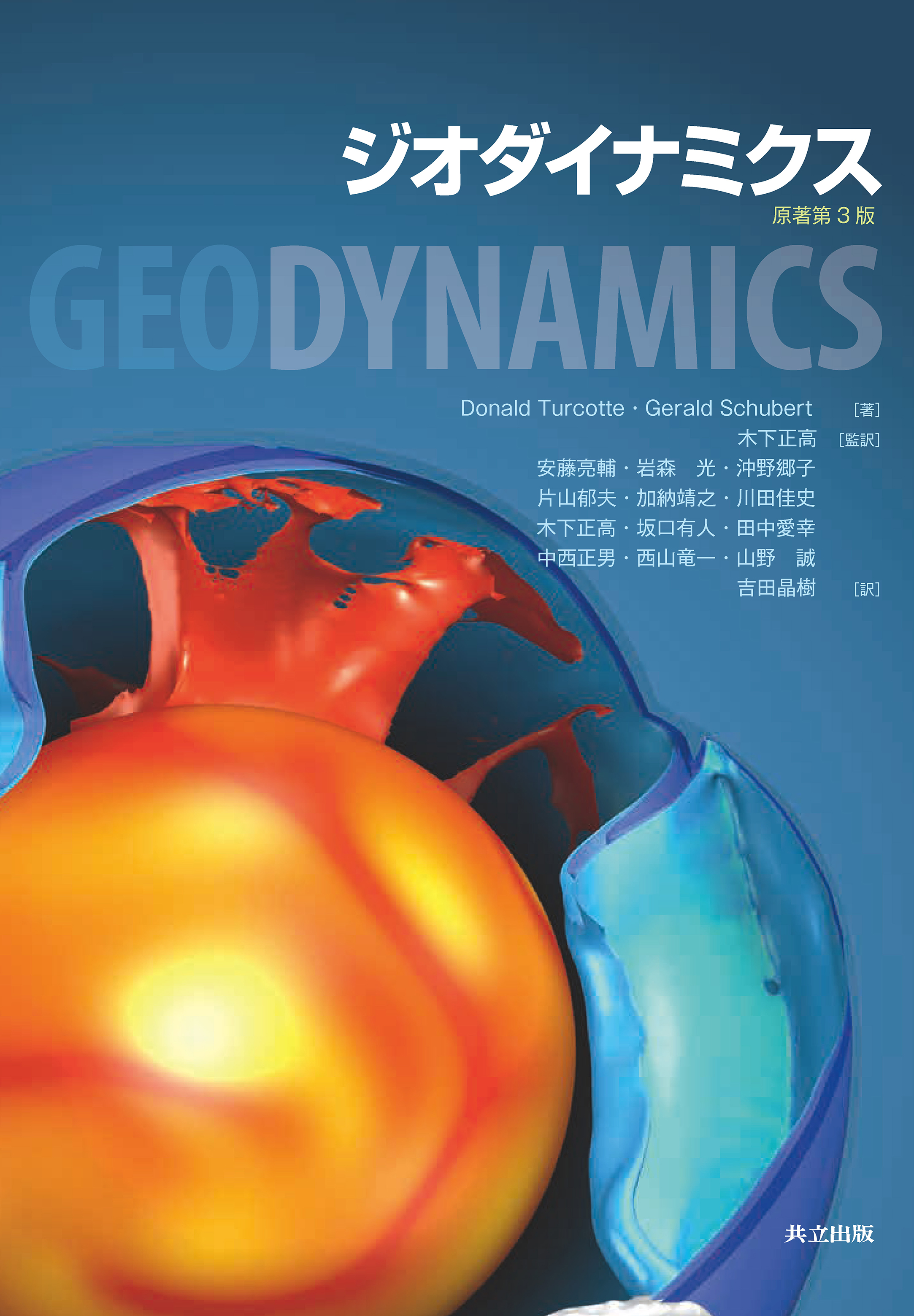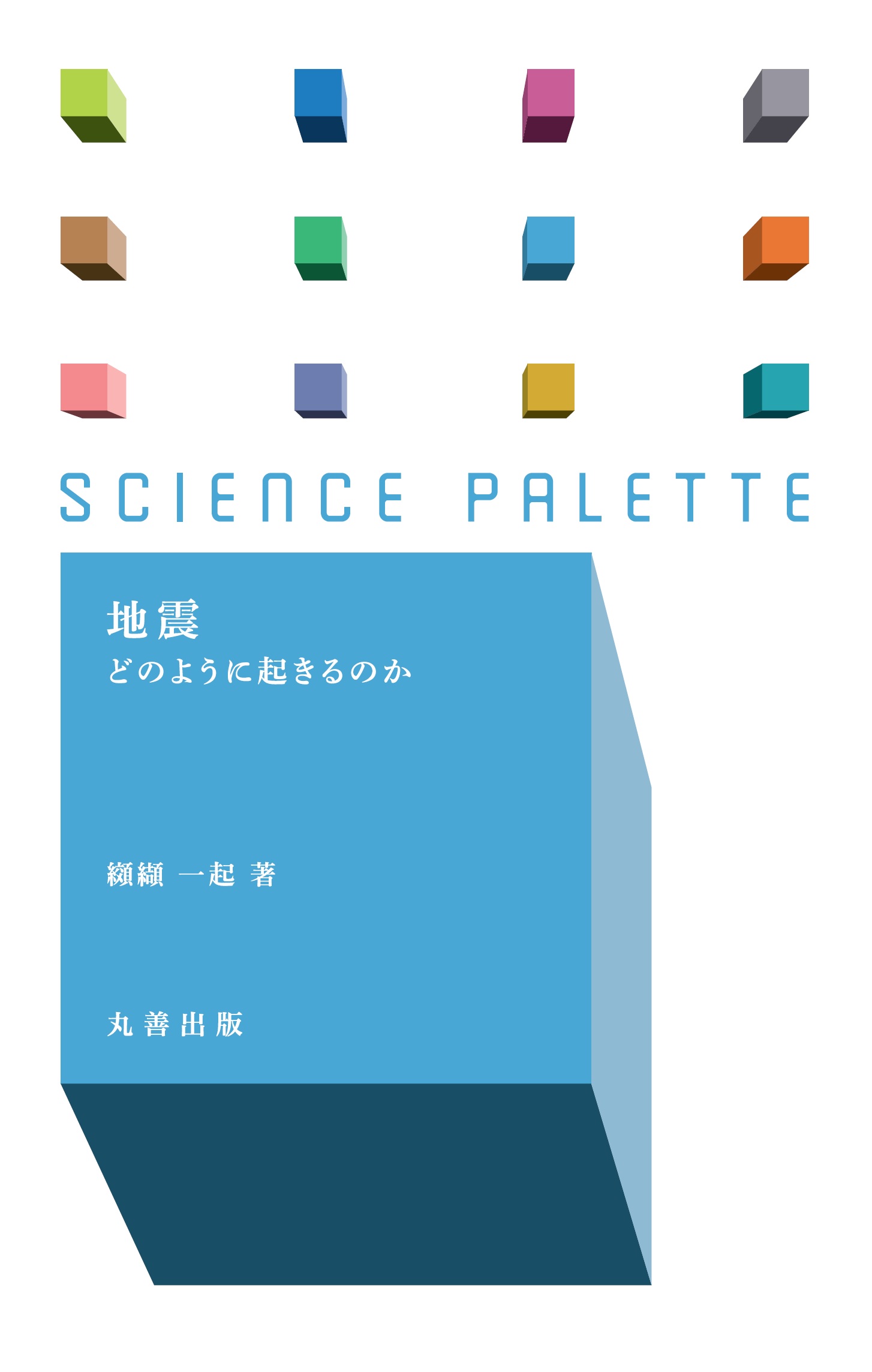
Title
Geodynamics (Geodynamics Third Edition)
Size
630 pages, B5 format
Language
Japanese
Released
November 30, 2020
ISBN
9784320047372
Published by
Kyoritsu Shuppan co., Ltd.
Book Info
See Book Availability at Library
Japanese Page
This book is a Japanese translation of ‘Geodynamics’, which was first published in 1982. The original book has been used as a textbook by undergraduate and graduate students majoring in solid Earth sciences (mainly geophysics and geology). We finally translated it into Japanese after nearly 40 years. Learning this field may seem like a long way off for students who have just entered the university. However, when thinking about your future, you should know what and how much knowledge you should have as a researcher at an early stage. If you have been interested in plate tectonics and want to explore the geological evolution of the earth, it would be beneficial to have a Japanese book that explains mathematical formulas and concepts to be used in the field.
It is essential for aspiring researchers to use original papers and books. However, in the beginning, it is difficult to fully understand them due to many technical terms or omissions based on implicit understanding of the subject within the community. There are many textbooks and translations on earth sciences in general, but only few Japanese textbooks on geophysics other than seismology. To fill this gap, this book was translated by researchers who are currently actively working on the front lines.
Plate tectonics (cooling of the earth, etc.), deformation of the crust (elasticity, rheology, fracturing), temperature and chemical structure of the Earth’s mantle and its convection, movement of underground fluids, and other solid geoscientific problems are classical. However, many of them still remain unsolved, and there is a high demand for learning how to solve them. For this purpose, it is necessary to approach the solution by combining various methods, as discussed in this book. The original book says, " We present most of the material with a minimum mathematical complexity". In fact, many mathematical formulas and exercises appear in the book. For example, the analytical solution of partial differential equation was carefully derived. In addition, the steps for organizing the problems to be solved and incorporating them into partial differential problems are explained carefully, which is very helpful to students when solving geophysical problems. Through deep reading and exercise solving, one can master the use of less complicated mathematics and apply appropriate physical laws and boundary conditions to the geophysical problems (which is difficult).
Students in the first semester will be learning topics such as analysis, linear algebra, and differential equations. These techniques can be applied to complex Earth systems. From 1 mm to 10,000 km, or from 1 s to 1 billion years, it is not easy to handle problems with more than 10 digits in space-time, but when your math skills are fresh, you can challenge without being bothered by English. Would you like to try it?
(Written by KINOSHITA Masataka, Professor, Earthquake Research Institute / 2022)
Table of Contents
1 Plate Tectonics (Kyoko Okino)
2 Stress and Strain in Solids (Yoshiyuki Tanaka)
3 Elasticity and Flexure (Masao Nakanishi)
4 Heat Transfer (Masa Kinoshita and Makoto Yamano)
5 Gravity (Ryuichi Nishiyama)
6 Fluid Mechanics (Masaki Yoshida)
7 Rock Rheology (Ikuo Katayama)
8 Faulting (Arito Sakaguchi)
9 Flows in Porous Media (Yasuyuki Kano)
10 Chemical Geodynamics (Hikaru Iwamori)
11 Numerical Tools (Yoshifumi Kawada)
12 Geophysical Applications of Computational Modeling (Ryosuke Ando)
Related Info
Geodynamics Third Edition (Cambridge University Press, 2014)
Authors:Donald Turcotte / Gerald Schubert
https://www.cambridge.org/jp/academic/subjects/earth-and-environmental-science/structural-geology-tectonics-and-geodynamics/geodynamics-3rd-edition?format=PB&isbn=9780521186230



 Find a book
Find a book


